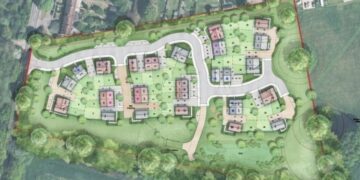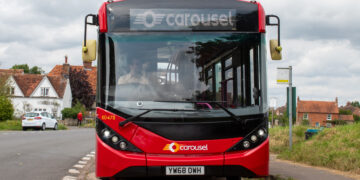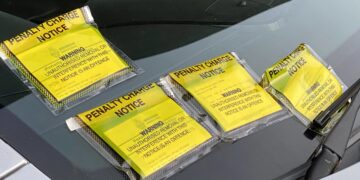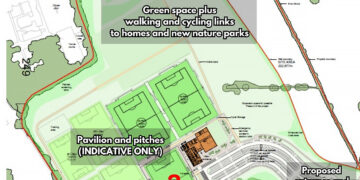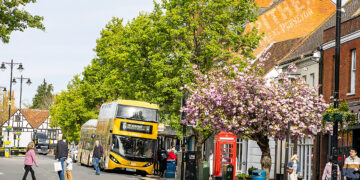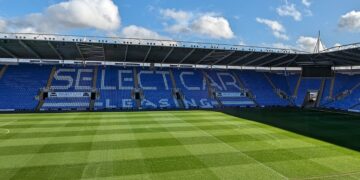MORE than 17,000 homes will need to be built in Wokingham borough over the next 20 years if the region is to secure its ongoing success, according to new research released today.
The figures are the second highest in the area, with only Slough Borough Council expected to build more homes in the same period. South Buckinghamshire have the fewest number of homes – with 7,520 they will have to build less than half Wokingham’s target.
Both of Wokingham’s neighbouring boroughs will also have smaller targets – Bracknell Forest will need to build 12,700 homes and Reading will need to find space for 13,980.
The figures come from information supplied by the Berkshire Strategic Housing Market Assessment (SHMA). It has identified a need for 2,855 homes per year up to the year 2036 across the Western Berkshire Housing Market Area (Wokingham, West Berkshire, Reading and Bracknell Forest), and 2,015 homes per year in the Eastern Housing Market Area (Slough, Windsor and Maidenhead and also the neighbouring South Bucks).
The study suggests that Wokingham will need to build 856 homes a year – or 17,120 over 20 years – to meet these targets. The other council’s suggested yearly targets are:
- Bracknell Forest: 635
- Reading: 699
- Slough: 927
- South Bucks: 376
- West Berkshire: 665
- Windsor and Maidenhead: 712
The study does not reveal if these figures are in addition to the homes currently being built as part of the borough’s ongoing regeneration scheme.
Now, the councils will work together to identify whether the homes should be built in a different way.
Executive member for planning and highways Cllr John Kaiser said: “It is vital that people realise that more homes are coming to the borough – and that they will come regardless of whether we carry out a SHMA, Local Plan or anything else.
“But, by producing a SHMA and then a robust Local Plan we can retain greater control over where homes go and how they are planned and to make sure we maximise benefits for existing residents – the alternative is a developers’ free-for-all where we get housing everywhere and anywhere but not the infrastructure needed.”
The ambitious plans for the houses come as no surprise for Councillor Tony Page, Reading Borough Council’s lead member for strategic environment, planning and transport.
He said: “This is a theoretical study of future housing need in Reading and across Berkshire, but the figures come as absolutely no surprise. Demand for housing in Reading is far outstripping what is possible when you take into account how much land is available, or indeed suitable, for new housing in [Reading] borough.”
He also criticised the current property market for adding to the difficulties facing people needing a home.
“The current buy-to-let bonanza in Reading has done little to assist the underlying housing needs of the area,” he said.
Other areas examined by the SHMA include the need for affordable housing, and how much specialist housing is needed for specific groups, such as older people and students.
The assessment has been produced with the Thames Valley Berkshire Local Enterprise Partnership and the six Berkshire local authorities, and its authors say that it is a technical assessment of the number of homes the area will need to ensure it continues to be economically successful, while providing a decent home to those who need one.


